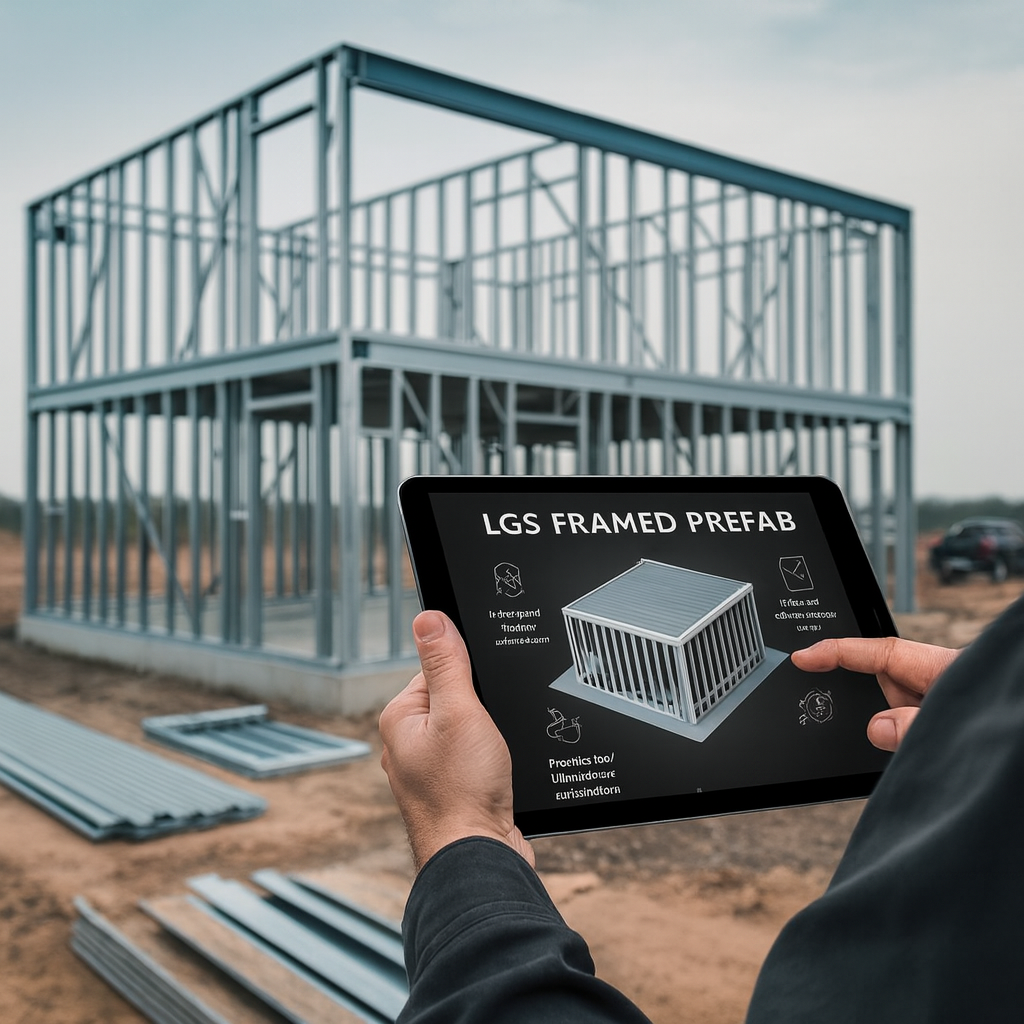
From Smart Buildings to CAD Workflows
From Smart Buildings to CAD Workflows — A Practical Guide by Versalence AI
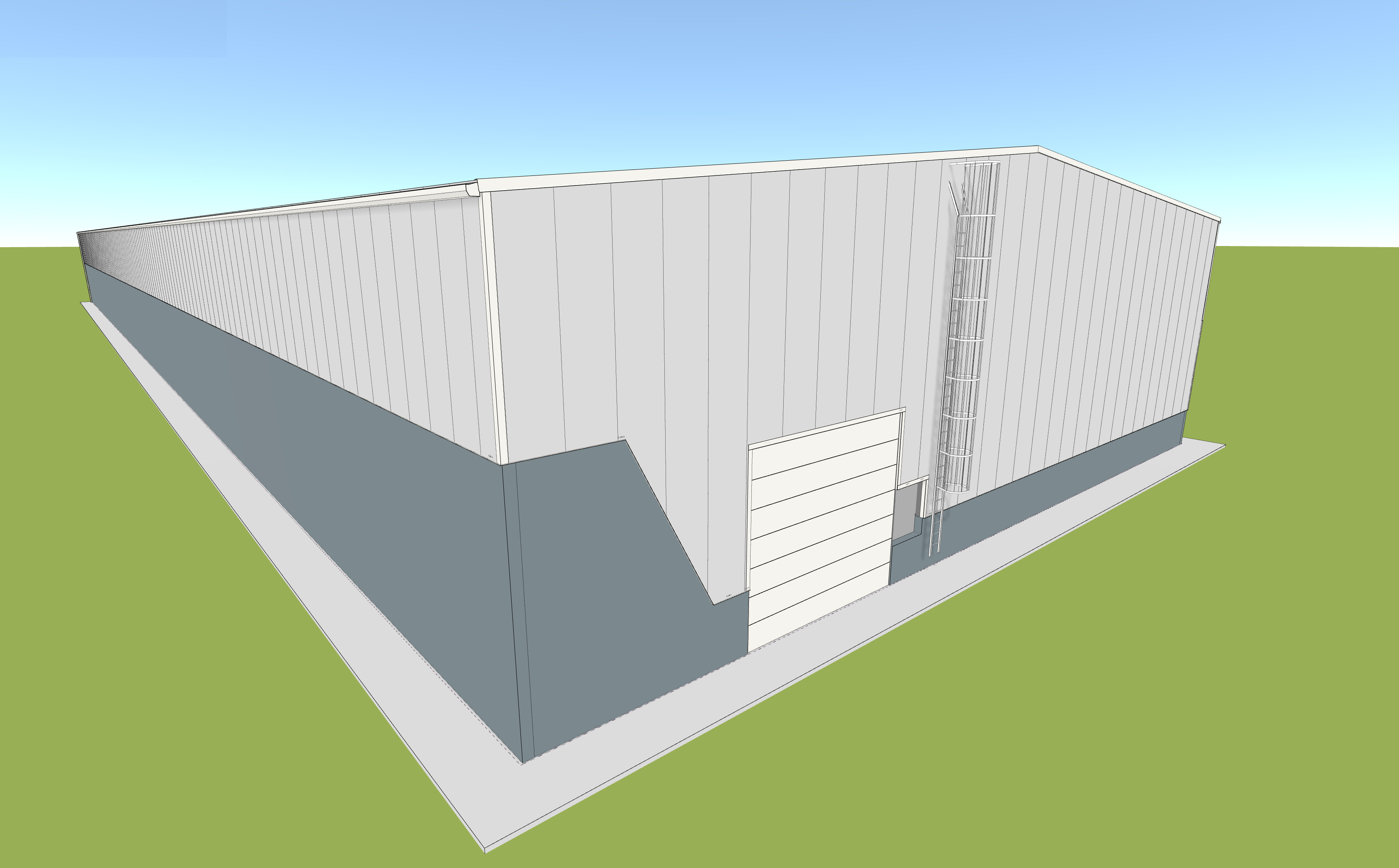
Automation today is no longer just about replacing repetitive tasks. At Versalence AI, we believe its real purpose is to reduce human cognitive load—to take decisions, interpretations, and actions that earlier required skilled people and make them seamless, reliable, and instant.
In this post, we break down the most common questions around automation using real-world examples from smart buildings, HVAC systems, engineering workflows, and AI-driven agents.
1. What Is an Example of Build Automation?
Build automation refers to the process of turning code into deployable software—automatically.
A classic example is:
-
A developer pushes code to GitHub
-
A pipeline (GitHub Actions, Jenkins, GitLab CI) runs tests
-
It compiles, packages, deploys, and alerts the team
Build automation improves speed, consistency, and reduces human error.
Versalence Note:
While our primary focus is AI and workflow automation, build automation is the foundation on which reliable AI products run.
2. What Is an Example of Building Automation?
Building automation is about making physical spaces intelligent: HVAC systems, access control, alarms, lighting, BMS data, and environmental controls.
A real example from our work:
Carrier / HVAC Voice + AI Workflow
We built a voice agent that:
-
Identifies the caller
-
Fetches linked HVAC units from a sheet backend
-
Diagnoses issues through guided prompts
-
Validates BMS readings
-
Books emergency or standard service tickets
-
Notifies users by SMS/email
This is building automation enhanced with AI—no waiting, no manual triage, no human interpretation needed.
3. What Are Some Examples of Automation? (Real Workflows From Versalence AI)
a. DIY PEB Engineering Automation
In the PEB (pre-engineered buildings) space, engineers used to manually analyze drawings, extract quantities, and create initial inputs.
We automated:
-
Extraction from design data
-
Real-time structural inputs
-
Workflow routing
-
Engineering-ready output preparation
This reduced bottlenecks and accelerated project cycles.
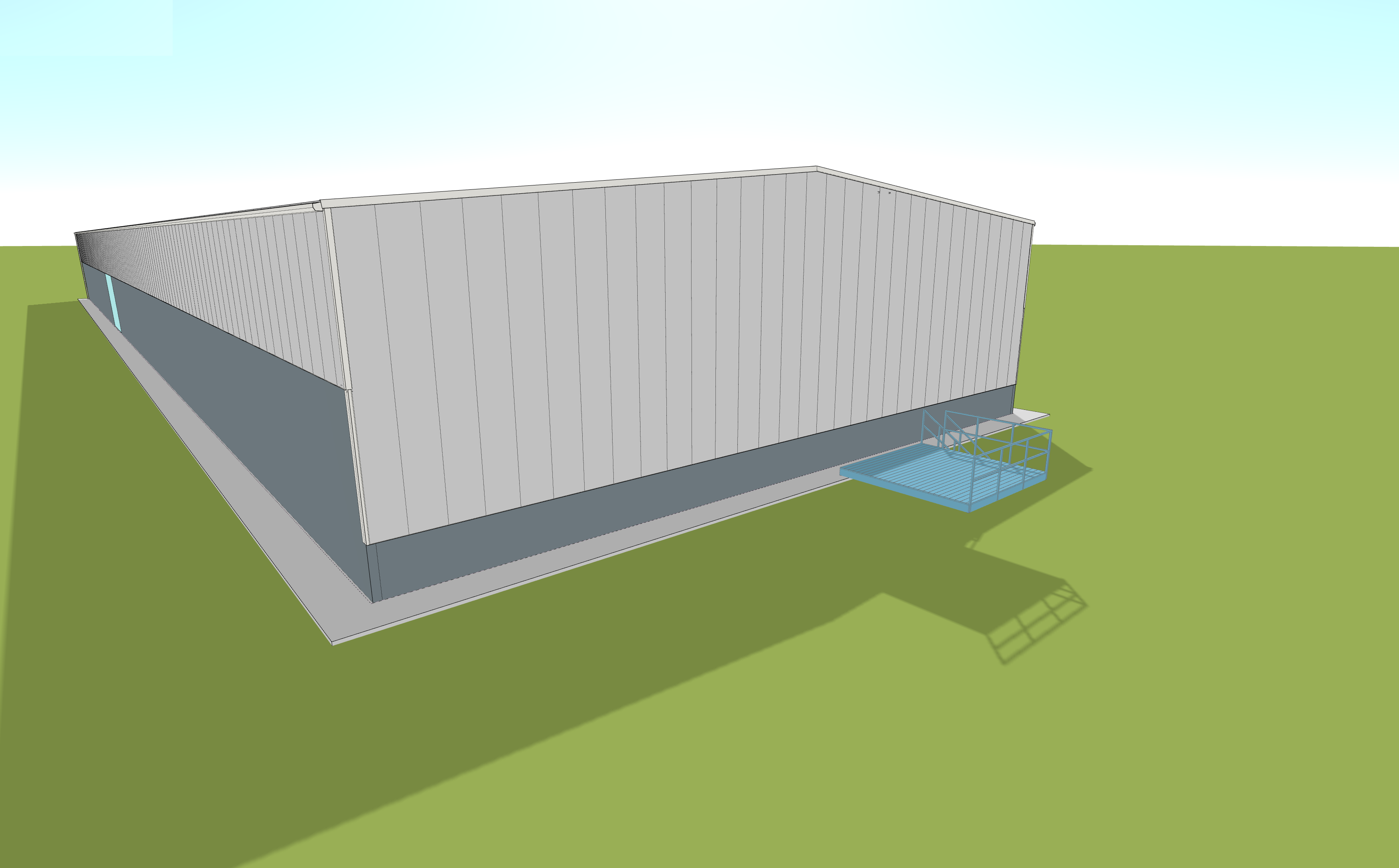
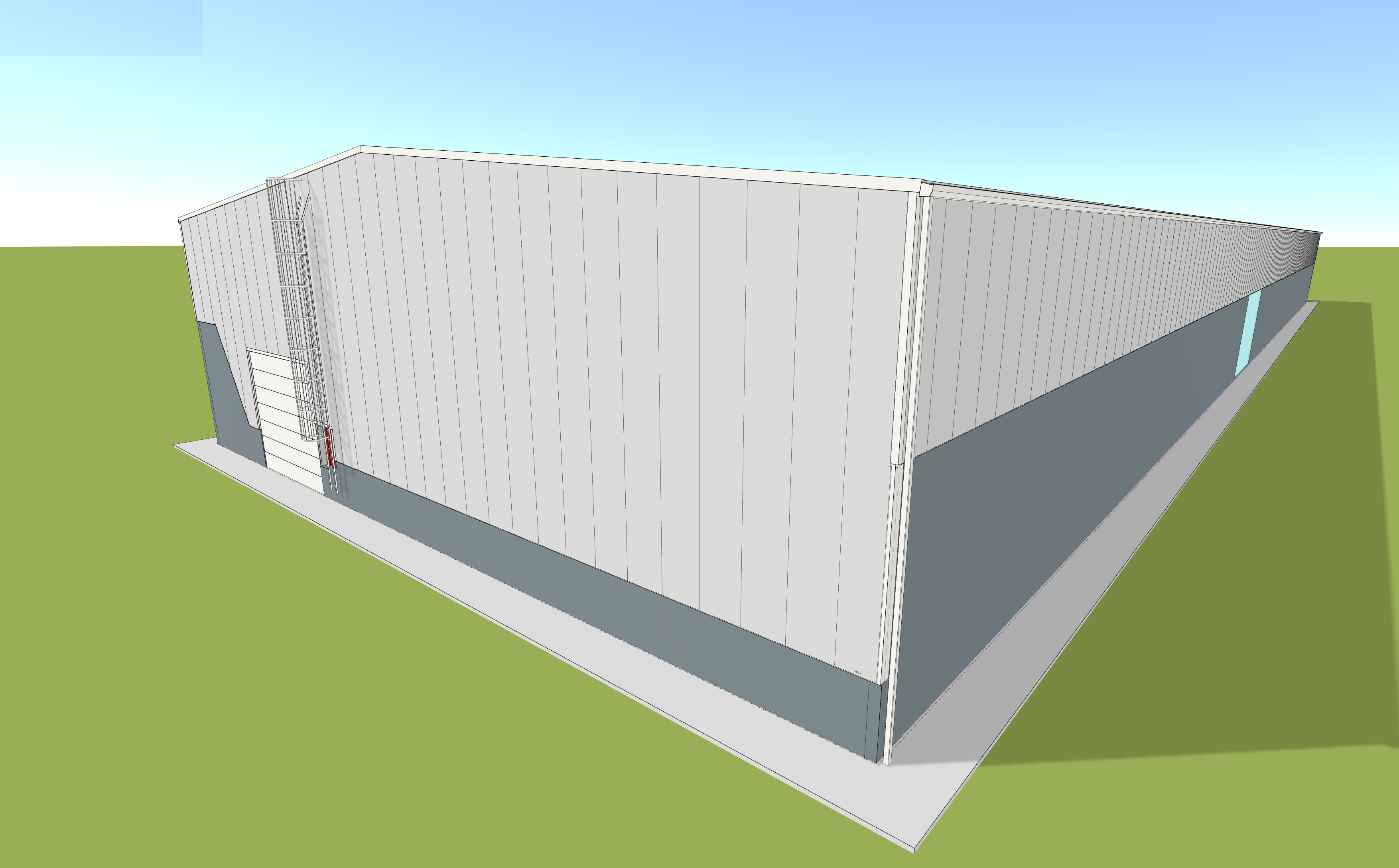
b. CAD Video → JSON → Drawing Automation
One of our most unique agentic workflows:
-
User records a CAD modeling video
-
A vision model interprets actions
-
The AI outputs structured JSON: tools used, parameters, coordinates
-
A CAD automation agent reconstructs the drawing
This is not “task automation”—it is cognitive automation, where the AI learns how a human works and replicates it step by step.
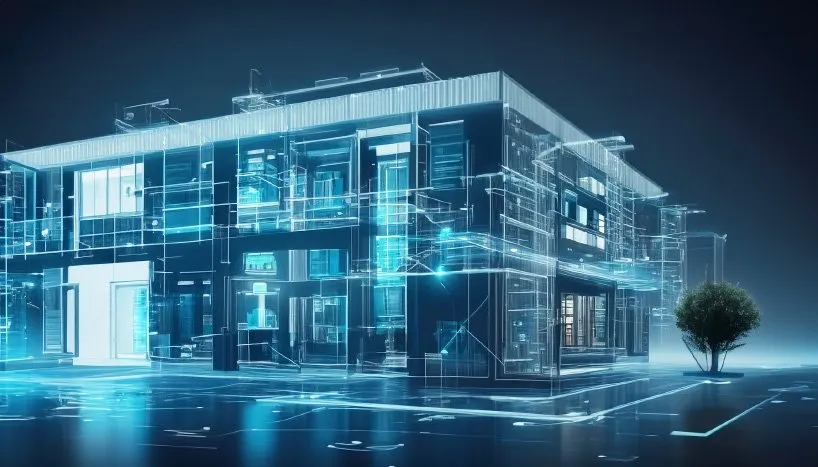
c. Smart Building / HVAC Ticket Automation
For building operators, diagnosing issues can be slow and inconsistent.
Our automation:
-
Reads user intent over voice
-
Checks HVAC IDs
-
Validates system data
-
Performs basic configuration changes
-
Books technicians with the right urgency level
This replaces tedious manual triage with fast, accurate automated decisions.
d. Conversational AI for SMB Workflows
Including:
-
WhatsApp-based document collection
-
Automated follow-ups
-
Lead qualification
-
Client onboarding
These systems free small teams from repetitive conversations and let them focus on high-value work.
4. What Are Some Build Automation Tools?
Common tools include:
-
Agentic RAG AI + Multi-Agent Model
-
Vision and OCR with LLM and python to provide detailed insight into QRF, BOQ, BOM etc
-
AI Bot that can give real time insights into projects, deals, concepts etc
-
Automated Dashboard
-
Github DevOps
Each automates building, testing, and deploying software reliably.
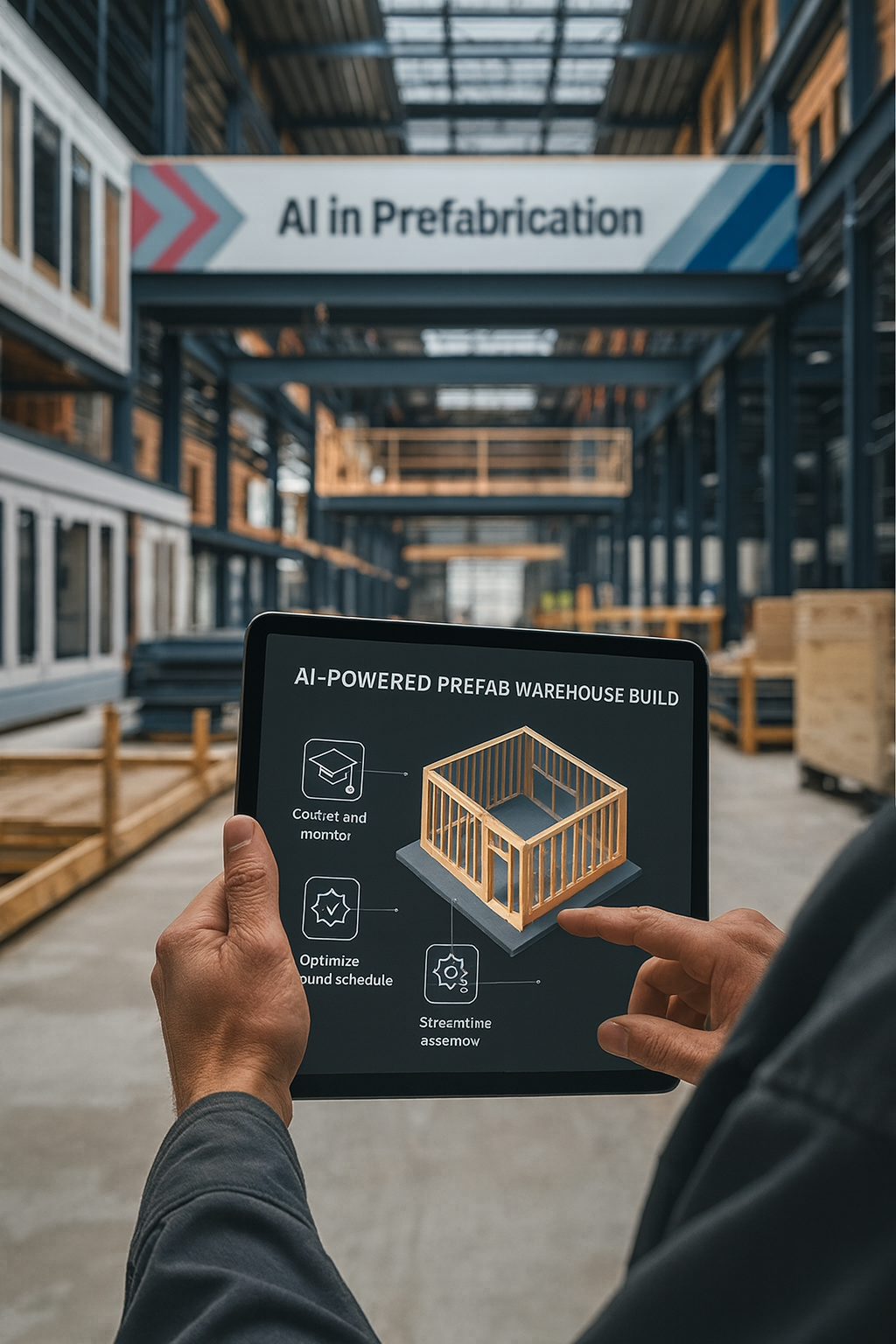
5. What Are the 4 Types of Automation?
Most literature describes four categories. At Versalence AI, we interpret them this way:
1. Fixed Automation
Large-scale, unchanging automation (industrial machinery, PLCs).
2. Programmable Automation
Batch-driven systems where logic is adjusted periodically (BMS rules, HVAC schedules).
3. Flexible Automation
Systems that adapt to varied tasks with minimal setup (smart IoT networks, cloud workflows).
4. Agentic Automation (Modern AI)
AI agents understand goals, interpret context, and take multi-step actions.
This includes:
-
Video-to-CAD conversion
-
Voice-driven HVAC troubleshooting
-
AI-powered document workflows
Agentic automation is where the next decade is headed.
6. What Is Building Automation?
Building automation is the combined use of sensors, controllers, devices, and software to make physical spaces self-regulating.
A modern building automation system:
-
Controls HVAC and ventilation
-
Manages access and alarms
-
Monitors energy usage
-
Detects anomalies from sensor data
-
Integrates with AI to make predictive decisions
With AI, building automation evolves from rule-based to intelligent: systems that learn from usage patterns, anticipate failures, and respond instantly.
7. Comparison Table
Build Automation vs Building Automation vs AI Automation**
| Aspect | Build Automation | Building Automation | AI Automation (Agentic) |
|---|---|---|---|
| Focus | Code → Deployment | Physical environment control | Decisions + cognition |
| Domain | Software development | Buildings, HVAC, BMS, access | Cross-domain (digital + physical) |
| Triggers | Code commits | Sensors, schedules | Goals, context, user intent |
| Examples | GitHub Actions pipelines | HVAC control, access automation | CAD → JSON → Drawing, voice HVAC agent |
| Outcome | Reliable software releases | Efficient, safe buildings | Autonomous, multi-step workflows |
| Human Role | Developers oversee | Operators monitor | Humans focus only on exceptions |
Final Thoughts
Automation today spans far beyond scripts and schedules. From smart buildings to engineering design to conversational workflows, the modern world runs on systems that think, interpret, and act.
At Versalence AI, we build automation that:
-
Removes cognitive friction
-
Reduces manual decision-making
-
Accelerates business workflows
-
Connects digital and physical systems
-
Enables SMBs and engineering teams to scale effortlessly
The future belongs to agentic, intelligent systems—where buildings, tools, and workflows don’t just react but understand what needs to be done.